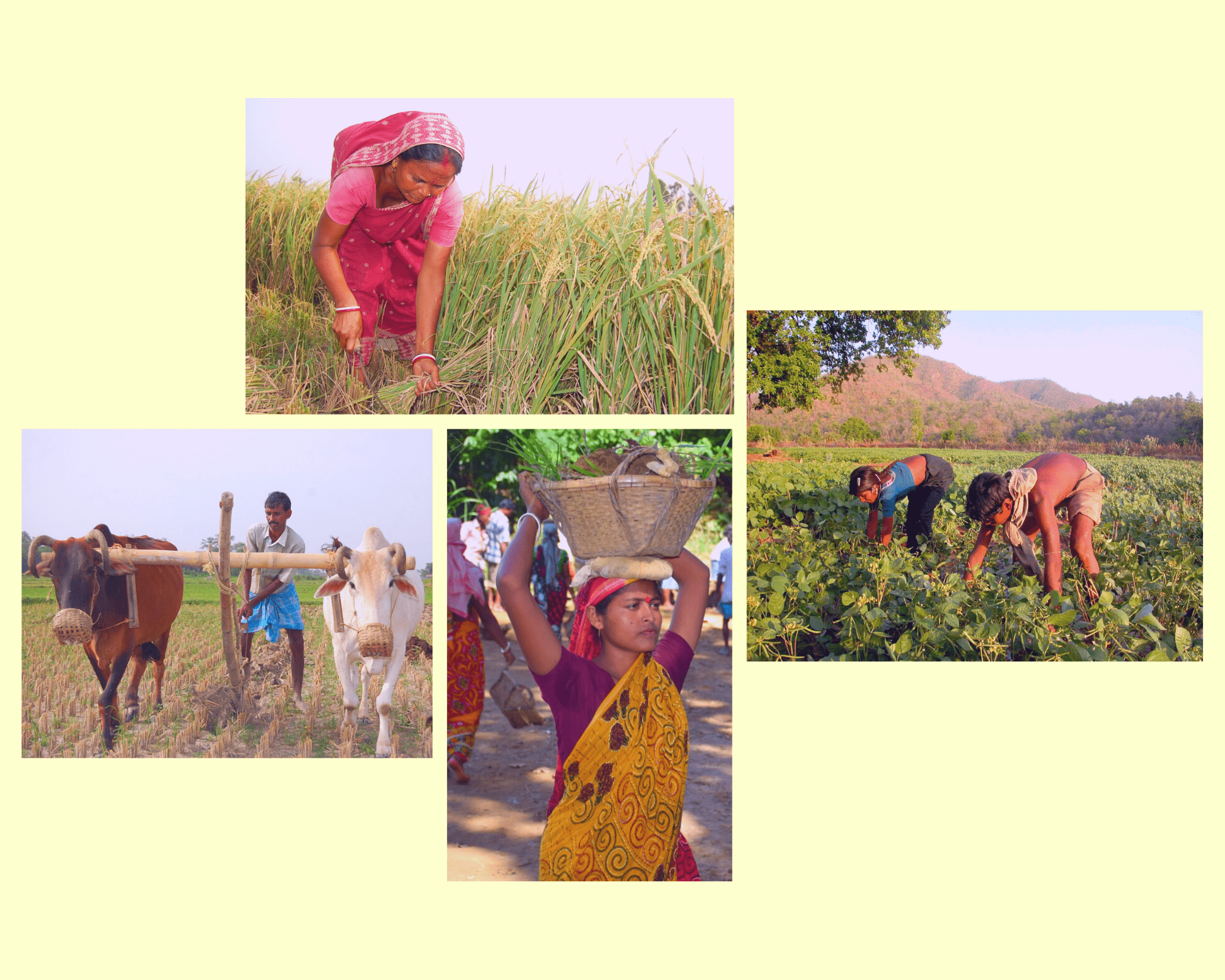Estimation of Surplus Labour in Crop Production
The Foundation and the National Institute of Rural Development and Panchayati Raj (NIRD&PR) signed a Memorandum of Understanding (MoU) in March 2019. As per the MoU, the Foundation undertook research projects to study different aspects of the socio-economic characteristics of rural India, in collaboration with NIRD&PR.
The research project titled “Estimation of Surplus Labour in Crop Production,” is the first to be incorporated under the MoU. The report can be accessed here. The project examined the levels of labour absorption in crop production and identify the variations in these levels across 20 villages located in different agro-ecological zones. The study estimated the magnitude of surplus labour that exists in each village, given the labour supply in the village. The relevance of such a study is based on the fact that agriculture in India is the major employer of the rural workforce, both in the form of family labour as well as hired labour

As in many other less-developed countries, Indian agriculture is marked by seasonality and the rural economy by the presence of a large reserve of workers, who theoretically can be withdrawn from the agricultural sector and gainfully employed in the non- agricultural sector without any decline in agricultural output. In India, the ‘surplus’ workforce is reflected in the complex problem of large-scale underemployment.
To understand the extent of the problem of underemployment among the rural workforce and to estimate the pool of workers available for employment in gainful activities elsewhere, an in-depth analysis of labour absorption in crop production across agro-ecological regions is essential.
The following research article was authored based on this study:
Dhar, Niladri Sekhar (2021), “Surplus Labour in Crop Production: Evidence from Select Villages in India,” Review of Agrarian Studies Vol 11 No. 2. view article




























































 Sudha is an Administrative Assistant of the Foundation. She assists the administrative division of the Foundation and also has taken part in fieldwork organised by the Foundation.
Sudha is an Administrative Assistant of the Foundation. She assists the administrative division of the Foundation and also has taken part in fieldwork organised by the Foundation.











